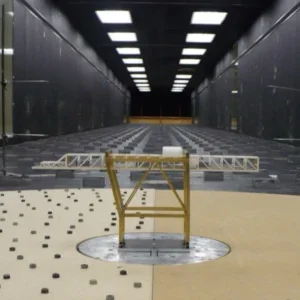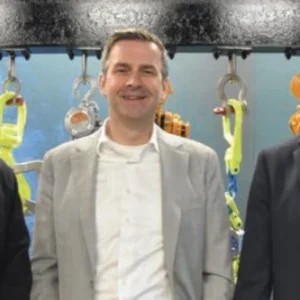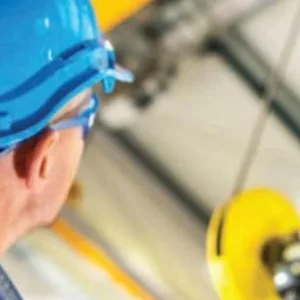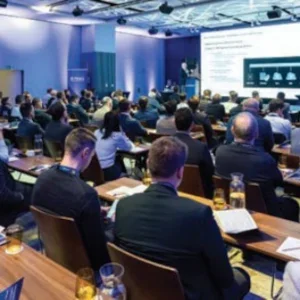The energy contained in the rotating equipment flows into the drive, and is manifested as increased DC bus voltage in the inverter. This ‘over voltage’ is traditionally wasted as heat by means of dynamic braking resistors. With rising electric power costs and increasing green awareness, there is an increasing demand for a way to recover that wasted energy.
It is now economically feasible to accomplish this with regenerative converter units, which transform the DC regenerative electrical energy into fixed frequency utility electric power.
Energy costs and environmental concerns are placing greater importance on variable frequency drive systems in general. The importance of options for increased energy efficiency and over voltage recovery is increasing as well. The potential for recovery of energy from existing and new drive systems is vast, and provides the dual benefit of conserving energy and reducing environmental impact in a wide array of applications.
The total energy recovered depends on the application operating characteristics. Other key considerations include the cost of power, and comparisons with the cost of a traditional dynamic braking solution. Through a standard pay-back analysis, the cost of investment can be easily justified in most cases.
Of course, a higher degree of energy recovery can be achieved if regenerative units are applied plant wide, retrofitting existing systems. Nevertheless, the implementation of regenerative converter units in drive systems will continue to become more and more commonplace for capital investment projects.
Dynamic braking
A means to handle regenerative energy is critical to motion control systems. Such devices must act as a high voltage clamp to siphon off and dissipate the energy induced from the rotating system. Without such means, the drive would trip off line or not stop the equipment in the desired time.
Dynamic braking (DB) is typically used for applications that require frequent or rapid braking, especially of heavy (high inertia) loads. However, many such applications could also be candidates for regenerative converters.
Wasted heat generated by DB often creates the need for additional cooling and air conditioning. A regenerative unit will save the customer energy and money by eliminating that wasted heat and returning that energy back to the AC line.
Implementing a regenerative unit in the system will allow for a smaller cooling system (HVAC), offsetting the up-front cost of the regenerative unit, and reducing the demand on the cooling system.
One regenerative unit can feed several drives connected on common DC bus and optimise energy consumption by recovering excess regenerative energy not used by the drives.
Regenerative unit requirements
In variable frequency drive systems, there are many cases in which rapid deceleration is required and some method must be used to remove the regenerative energy flowing into the drive’s DC bus. The energy must either be wasted as heat using DB, or returned to the AC line with a regenerative converter. Making the proper selection involves several considerations:
– What is the required braking torque? This can be determined knowing the required deceleration time under normal stopping conditions and during drive and/or system fault conditions, the system inertia, and operating speed.
– How repetitive is the stopping cycle? The more often, the more regeneration, and the more likely a regenerative unit will be advantageous.
– How does the user define ‘emergency’ stopping? Is the only concern to have the motor disconnected from the power source, or is the fastest controlled deceleration of the motor and load required?
– What is the cost of electricity?
– What are the costs of the alterative solutions?
Exploring the above aspects of the application will lead to the right decision as to the need for a regenerative unit (or units), a dynamic braking resistor system, or possibly neither if coast-to-stop is always acceptable.
The idea of using regenerative converter units in a wide range of applications is becoming more and more prevalent. The economic feasibility of such systems is increasing, as the potential cost savings become sufficiently compelling.
In the future, new technologies will be developed to further reduce cost and improve efficiency. Stricter regulations, government economic incentives and other factors will emerge to make such systems economically justifiable. Regenerative conversion will become a staple of virtually every variable frequency drive system.
Applications suitable for a regenerative converter unit
– Overhauling loads
– High inertia loads
– Machines requiring rapid deceleration
For more information
www.hitachi-america.us/inverters






